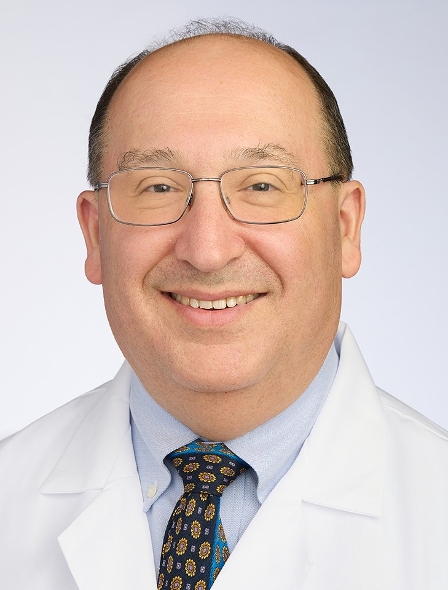Biography
Specialties
Vascular Surgery
Vascular Surgery
Research Topics
Biomechanics/Bioengineering, Biomedical Sciences, Cardiovascular, Diabetes, Endothelial Cells, Extracellular Matrix, Healthcare, Immunology, Induced pluripotent stem cells, Molecular Biology, Stem Cells, T Cells, Tissue Engineering, Vascular Development
Biomechanics/Bioengineering, Biomedical Sciences, Cardiovascular, Diabetes, Endothelial Cells, Extracellular Matrix, Healthcare, Immunology, Induced pluripotent stem cells, Molecular Biology, Stem Cells, T Cells, Tissue Engineering, Vascular Development
Multi-Disciplinary Training Area
Development Regeneration and Stem Cells [DRS], Disease Mechanisms and Therapeutics (DMT)
Development Regeneration and Stem Cells [DRS], Disease Mechanisms and Therapeutics (DMT)
